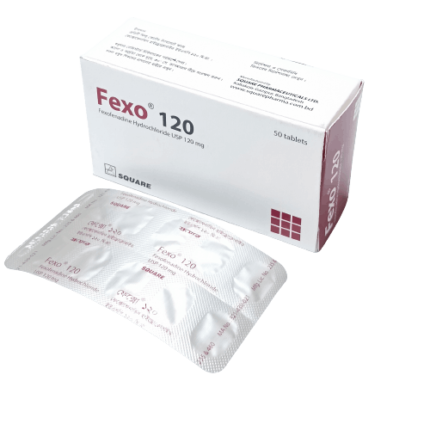Ocubrom
90.00৳ Bottle
- Indication: Ocubrom is designed to relieve postoperative inflammation and alleviate ocular pain in patients after cataract extraction.
- Active Ingredient: Bromfenac, a potent nonsteroidal anti-inflammatory drug (NSAID), inhibits prostaglandin synthesis to reduce intraocular inflammation effectively.
- Administration: Administered as directed, Ocubrom provides effective relief, aiding in a comfortable recovery post-surgery.
- Precautions: It’s important to take precautions, especially for patients with known hypersensitivity to any ingredients in the solution.
- Storage: Store Ocubrom in a cool, dry place, away from heat and direct light, ensuring its potency and efficacy.
 Brand
Brand
|
Square Pharmaceuticals PLC |
|---|---|
 Generics
Generics
|
Bromfenac Sodium |
Indications
Ocubrom is prescribed to alleviate postoperative inflammation and reduce ocular pain following cataract extraction.
Pharmacology
Bromfenac, a nonsteroidal anti-inflammatory drug (NSAID), operates by inhibiting cyclooxygenase 1 and 2, thereby blocking prostaglandin synthesis. Prostaglandins play a pivotal role in intraocular inflammation, disrupting the blood-aqueous humor barrier and inducing vasodilation, increased vascular permeability, leukocytosis, and heightened intraocular pressure.
Dosage & Administration
For adults, administer 1 drop to the affected eye twice daily, starting 24 hours post-surgery and continuing for 2 weeks. Dosage for children should be determined by a physician.
Contraindications
Bromfenac ophthalmic solution should not be used in patients with known hypersensitivity to any components of the formulation.
Side Effects
Common adverse reactions include abnormal sensation in the eye, conjunctival hyperemia, eye irritation (including burning/stinging), eye pain, eye pruritus, eye redness, headache, and iritis, reported in 2-7% of patients post-cataract surgery.
Pregnancy & Lactation
Pregnancy Category C. Use during pregnancy is warranted only if the potential benefits outweigh the risks. Caution is advised when administering Bromfenac ophthalmic solution to nursing mothers.
Precautions & Warnings
Topical NSAIDs, including Ocubrom, may delay healing, especially when used concurrently with topical corticosteroids. Caution is advised in patients with bleeding tendencies or those taking medications that may prolong bleeding time. Avoid administering Ocubrom while wearing contact lenses due to its Sodium Sulfite content, which may trigger allergic reactions.
Therapeutic Class
Belongs to the category of ophthalmic non-steroid drugs.
Storage Conditions
Store Ocubrom in a cool, dry place, away from heat and direct light. Keep out of the reach of children and discard any unused solution after 4 weeks of opening.













Reviews
There are no reviews yet.